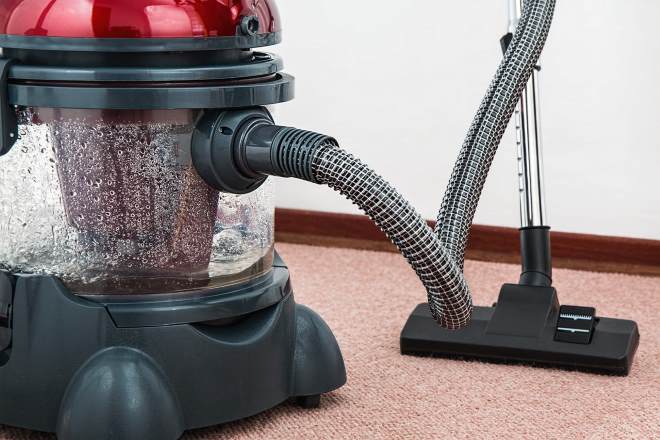Air Duct Cleaning: Improve Indoor Air and HVAC Efficiency
Regular air duct cleaning is an important part of home maintenance that often goes overlooked. Removing built-up dust, debris, and contaminants from ductwork can help HVAC systems run more efficiently, reduce dust circulation, and support better indoor air quality. Understanding what cleaning involves and how to choose reputable local services will help you make informed decisions for a healthier, more comfortable home environment.

What is air duct cleaning?
Air duct cleaning refers to the professional removal of dust, debris, mold, and other contaminants from the forced-air system’s supply and return ducts, registers, grilles, diffusers, heat exchangers, coils, and housings. Technicians use specialized brushes, vacuums, and agitation tools to dislodge and extract material that accumulates over months or years. Proper cleaning focuses on the entire system, not just visible vents, because contaminants in hidden duct sections can recirculate through the HVAC system. Effective cleaning reduces sources of particulate reintroduction and helps maintain consistent airflow.
How does cleaning affect HVAC performance?
When ducts are clogged or partially blocked by dust and debris, an HVAC system must work harder to move conditioned air, which can reduce efficiency and shorten component life. Cleaning restores clearer airflow paths, which can improve heat transfer and reduce strain on motors and fans. While cleaning is not a substitute for routine HVAC maintenance (like filter changes, coil cleaning, and scheduled inspections), it complements those tasks and can help the system reach designed performance levels more reliably when ducts are significantly contaminated.
Can cleaning reduce dust and allergens?
Duct cleaning can reduce the quantity of dust, pet dander, pollen, and other allergens that circulate through a home, especially when combined with high-quality filtration and regular cleaning habits. Removing built-up material lowers the reservoir of particles that would otherwise recirculate after system startup. However, duct cleaning is one part of an overall strategy: source control (vacuuming, controlling pets, reducing indoor humidity) and consistent filter maintenance play equally important roles. Results vary by home and depend on initial contamination, occupant sensitivities, and ongoing housekeeping practices.
Will cleaning improve indoor air quality?
Cleaning ductwork can contribute to better indoor air quality by removing accumulated particulates and, in some cases, microbial growth. It’s most beneficial in homes with visible contamination, after renovations, or when occupants report unexplained dust or odors tied to the HVAC system. To address health concerns, pair duct cleaning with proper filtration (appropriate MERV rating for your system), humidity control, and addressing mold or moisture sources directly. This article is for informational purposes only and should not be considered medical advice. Please consult a qualified healthcare professional for personalized guidance and treatment.
How to choose local services for duct cleaning?
When selecting local services, look for companies with verifiable experience, clear scope-of-work descriptions, and transparent pricing. Ask about the equipment they use (e.g., high-efficiency particulate removal vacuums), whether they clean all system components, and how they prevent cross-contamination during work. Reputable providers will offer written estimates, explain what they will and won’t clean, and provide references or reviews. If certifications or industry affiliations are mentioned, verify them. Also confirm insurance and clear communication about any follow-up needed after cleaning is completed.
Regular maintenance, transparent expectations, and realistic goals are key to getting the most benefit from air duct cleaning. For households with allergy sufferers, pets, or recent construction, cleaning can be particularly helpful when combined with improved filtration and vigilant housekeeping. Evaluate providers carefully, treat duct cleaning as one part of an overall indoor air strategy, and keep records of any service performed to track system condition over time.
Cleaning contributes to comfort and system longevity when done correctly, but it’s not a cure-all. Understand what professional technicians will do, how that work fits with filter maintenance and HVAC servicing, and what measurable improvements you can reasonably expect for your home’s indoor air.






